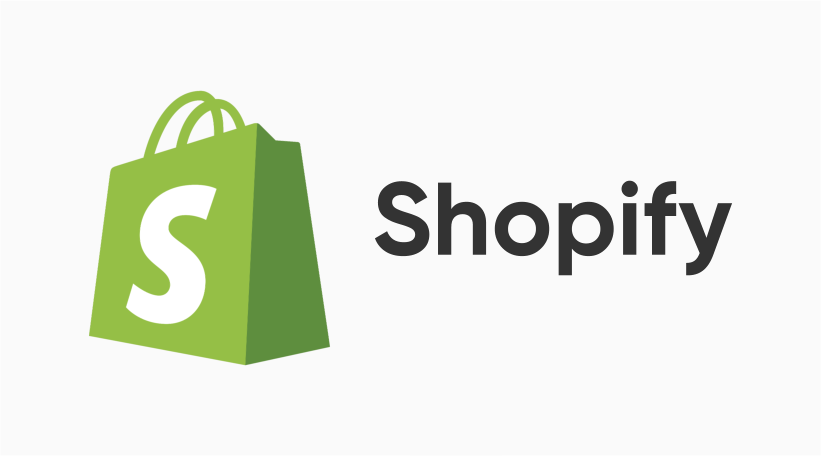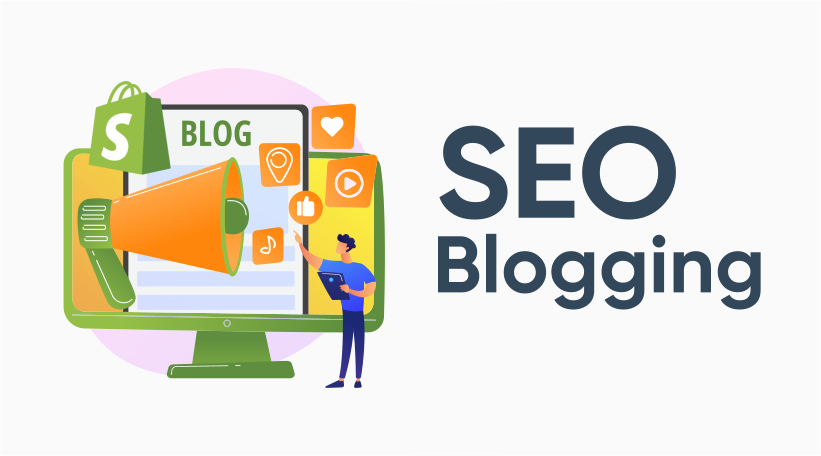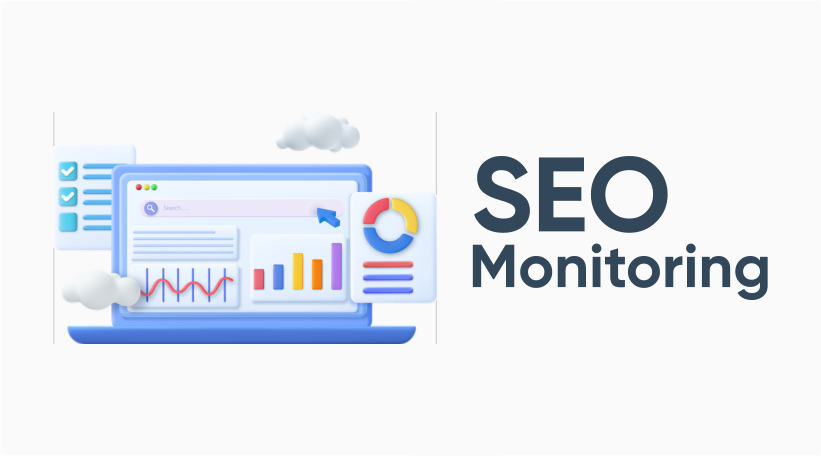Blogging on Shopify
Shopify recognized globally as a leading e-commerce platform, has empowered countless entrepreneurs and businesses to establish their online storefronts with ease. But beyond the product listings and checkout processes, lies another powerful tool on Shopify: blogging.
Blogging isn’t just a medium to communicate with customers; when done correctly, it becomes a driving force for SEO traffic. SEO, or Search Engine Optimization, harnesses organic traffic, bringing potential customers directly to your doorstep, all without spending a dime on advertisements.
What is SEO and Why is it Important?
SEO stands for Search Engine Optimization. In layman’s terms, it’s the art and science of tweaking and enhancing your website (or blog) to rank higher on search engines, most notably Google. When people search for topics or products relevant to your business, a well-optimized site will appear higher on the search results, leading to increased visibility and organic traffic. For online businesses, especially in the competitive e-commerce landscape, a higher ranking can significantly influence sales, brand reputation, and overall growth.
How Shopify Integrates SEO
Out of the box, Shopify offers a suite of built-in SEO features. These include customizable H1, title, and meta tags, automatically generated sitemap.xml and robots.txt files, and more. However, while these tools provide a solid foundation, truly excelling in SEO on Shopify requires additional efforts. Tailored content, strategic keyword integration, and regular performance reviews can further amplify the potential of Shopify’s innate capabilities.
Setting up Your Shopify Blog for SEO
Choosing the Right Blog Theme
The first impression is often the last. A theme that’s mobile-responsive is no longer optional but a necessity, given the vast number of users browsing on handheld devices. An SEO-optimized theme ensures that search engines can easily crawl and index your content. It will also load faster, enhancing user experience, a factor Google weighs heavily in its ranking algorithm.
Structuring Your Blog
The structure goes beyond aesthetics. Effective categorization and tagging make your content easily navigable, enhancing user experience and ensuring search engines index your content efficiently. A clean URL structure, devoid of jumbled letters and numbers, helps in better ranking and is user-friendly. Additionally, employing breadcrumbs aids in navigation and establishes a hierarchy in your content, further improving your SEO.
Key SEO Strategies for Shopify Blogging
Keyword Research for Your Niche
Understanding the right keywords for your niche is crucial in the realm of SEO. This process begins with leveraging tools such as Google’s Keyword Planner, SEMrush, or Ahrefs to decipher the search patterns of your potential customers. These tools offer insights into popular search terms, their volumes, and the competitiveness of these keywords. With this knowledge in hand, you can tailor your content to align with what your audience is searching for.
However, it’s important to remember that the integration of these keywords into your content should feel natural and organic. Overuse or “stuffing” of keywords can be counterproductive, leading to penalties from search engines. The goal is to seamlessly weave these terms into your articles, titles, and meta descriptions, ensuring they enhance rather than detract from the user experience and the overall quality of your content.
Optimizing On-page Elements
On-page SEO is a vital aspect of your blogging strategy. Each blog post you craft should feature a unique title tag and meta description, both of which incorporate your focus keyword effectively. These elements are not just crucial for SEO, but they also play a significant role in how your content is perceived in search engine results, influencing click-through rates. Additionally, image alt tags serve a dual purpose: they make your content accessible to all users, including those who use screen readers, and provide an additional opportunity to integrate relevant keywords. Furthermore, structuring your content with appropriate header tags (H1, H2, H3) is essential. It not only makes your content more readable for your audience but also helps search engines understand and appropriately rank your content. An organized structure using headers enables search engines to grasp the main topics and subtopics within your content, enhancing its visibility in search results.
Internal Linking Practices
Internal linking is a powerful yet often an underestimated tool in SEO. By linking to other relevant content within your site, you can significantly enhance user engagement, encouraging visitors to spend more time exploring your offerings. This not only increases the likelihood of conversion but also positively impacts your SEO as search engines view longer engagement times as a sign of quality and relevance. When creating these links, it’s crucial to use anchor texts that are relevant and descriptive of the content they lead to. This not only aids in improving your site’s SEO but also enhances the user experience, providing clear guidance on what to expect upon clicking a link. Thoughtful internal linking contributes to a well-structured website, allowing both users and search engines to navigate your content more effectively.
Creating High-Quality, Relevant Content
In the world of content marketing, quality consistently outweighs quantity. Producing authentic, well-researched, and expertly crafted content establishes your brand as an authority within your niche. This can lead to increased trust and credibility with your audience. Search engines favour content that provides value, addressing the needs and questions of users. Regular updates and fresh content are also pivotal; they signal to search engines that your website is active and relevant. This doesn’t mean churning out content for the sake of it but rather focusing on creating valuable, informative, and engaging pieces that resonate with your audience. High-quality content not only performs better in search engine rankings but also has a higher potential for being shared and referenced, further amplifying your reach and SEO impact.
Monitoring and Improving Your SEO Efforts
Tools to Track Your SEO Performance
Google Analytics stands as a cornerstone in this arena, offering deep insights into user behaviour, traffic sources, and engagement metrics. This powerful tool allows you to see not just who is visiting your site, but how they interact with your content, which pages capture their attention, and where they may drop off.
Coupled with this, Google’s Search Console provides a more SEO-centric view, offering data on search queries leading to your site, the performance of various pages in search results, and identifying any crawl errors or security issues.
For Shopify users, specific tools like Plug in SEO or SEO Manager offer tailored insights. These apps integrate seamlessly with your Shopify store, providing real-time analysis of your SEO health, suggesting improvements, and even automating some of the tedious aspects of SEO maintenance. By leveraging these tools, you can gain a comprehensive understanding of your SEO performance, allowing for data-driven decisions that enhance your blog’s visibility and effectiveness in attracting and retaining a targeted audience.
Regularly Auditing Your Blog
The landscape of SEO is ever-evolving, and maintaining a consistent and proactive approach is essential for long-term success. Regularly auditing your blog is a critical practice that ensures your content remains not only relevant but also optimized for search engines. These audits involve scrutinizing various elements of your blog, including content quality, keyword usage, meta tags, and internal and external linking strategy.
One key area of focus should be identifying and fixing broken links, which can significantly hamper user experience and SEO rankings. Additionally, regularly updating your content to keep it fresh and relevant is crucial. This diligence not only helps in maintaining your current SEO standings but also paves the way for continual improvement and growth in organic search traffic.
Partner with Ubique Digital Solutions
Elevate your Shopify experience with Ubique Digital Solutions, experts in software, automation, and Shopify web design. Leverage UDS deep understanding of SEO to optimize your Shopify blog content, ensuring it not only engages your audience but also ranks high on search engine results. Why not choose Ubique Digital Solutions? – your ally in maximizing the potential of Shopify, driving organic traffic, achieving SEO success through strategic blogging and website design and management. Reach out to us today!
FAQs
Q: How often should I update my Shopify blog for optimal SEO?
Regular updates, at least once a week or bi-weekly, can be beneficial. However, quality should never be compromised for frequency.
Q: What are some common SEO mistakes to avoid on Shopify?
Keyword stuffing, neglecting mobile optimization, and having duplicate content are some common pitfalls.
Q: How long does it take to see results from SEO efforts on Shopify?
SEO is a long-term game. It might take several months to start seeing significant results.
Q: Can I use third-party tools to boost my Shopify blog’s SEO?
Yes, tools like SEMrush, Ahrefs, and various Shopify apps can be used to enhance your SEO efforts.






















